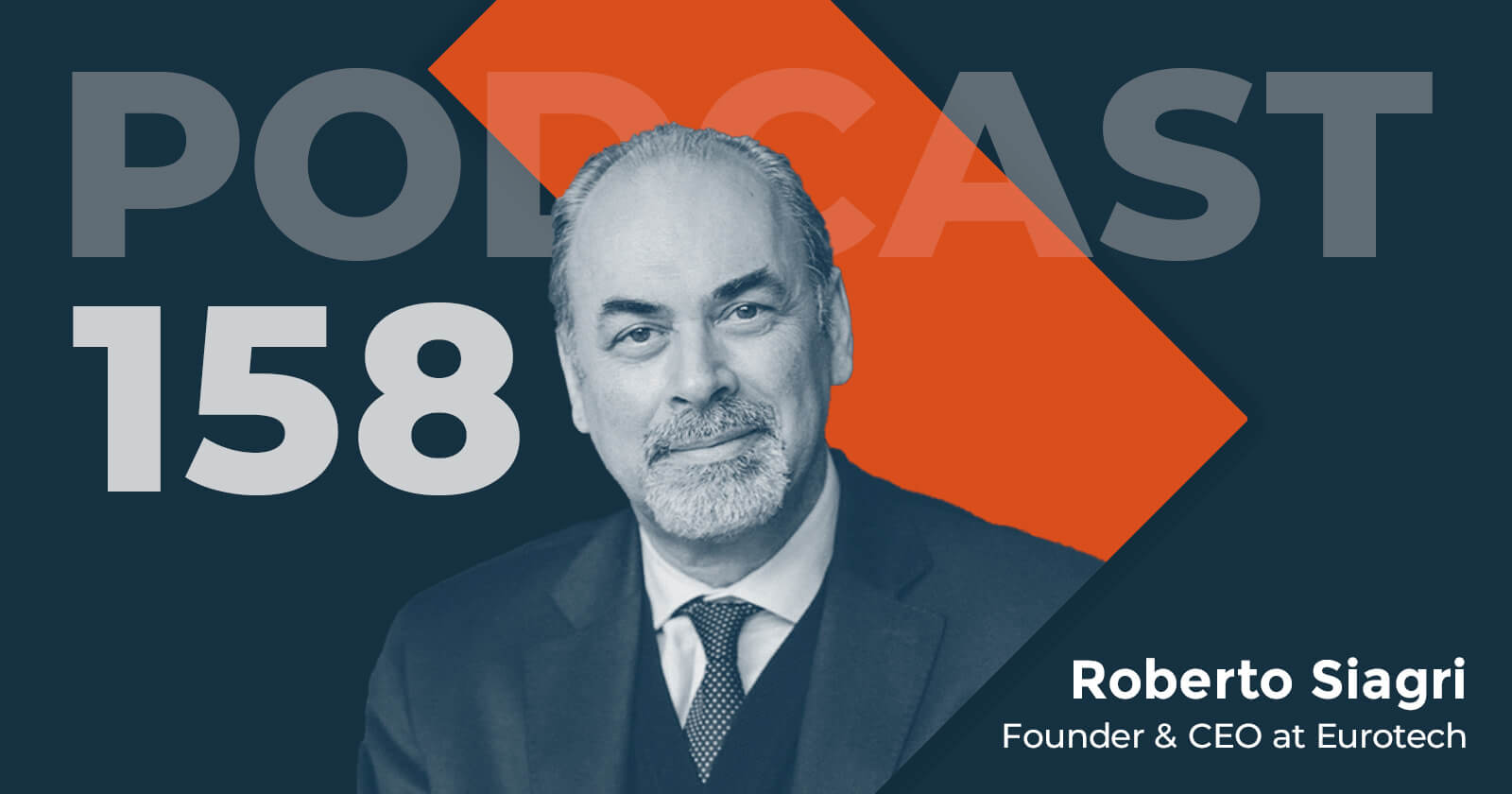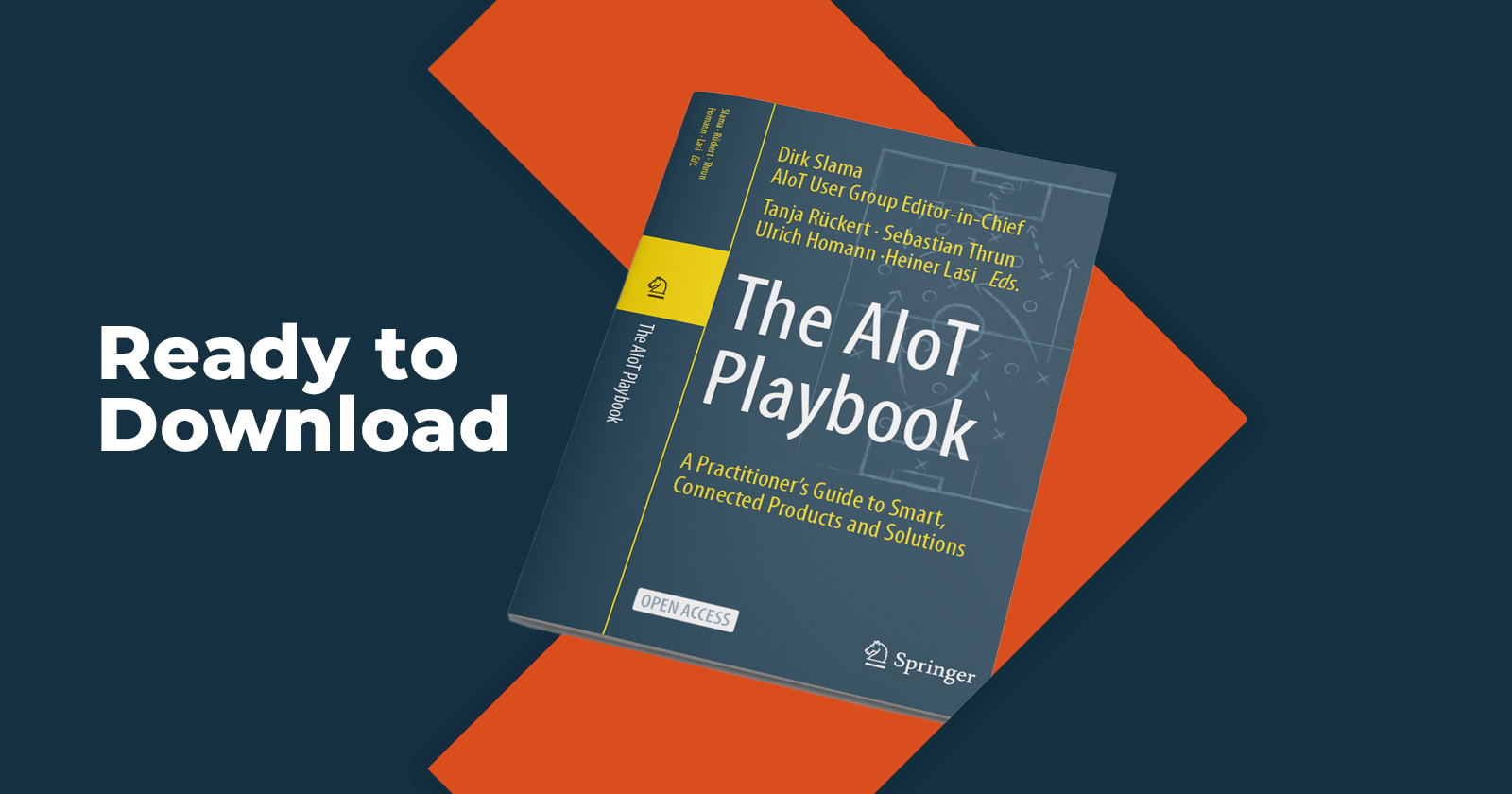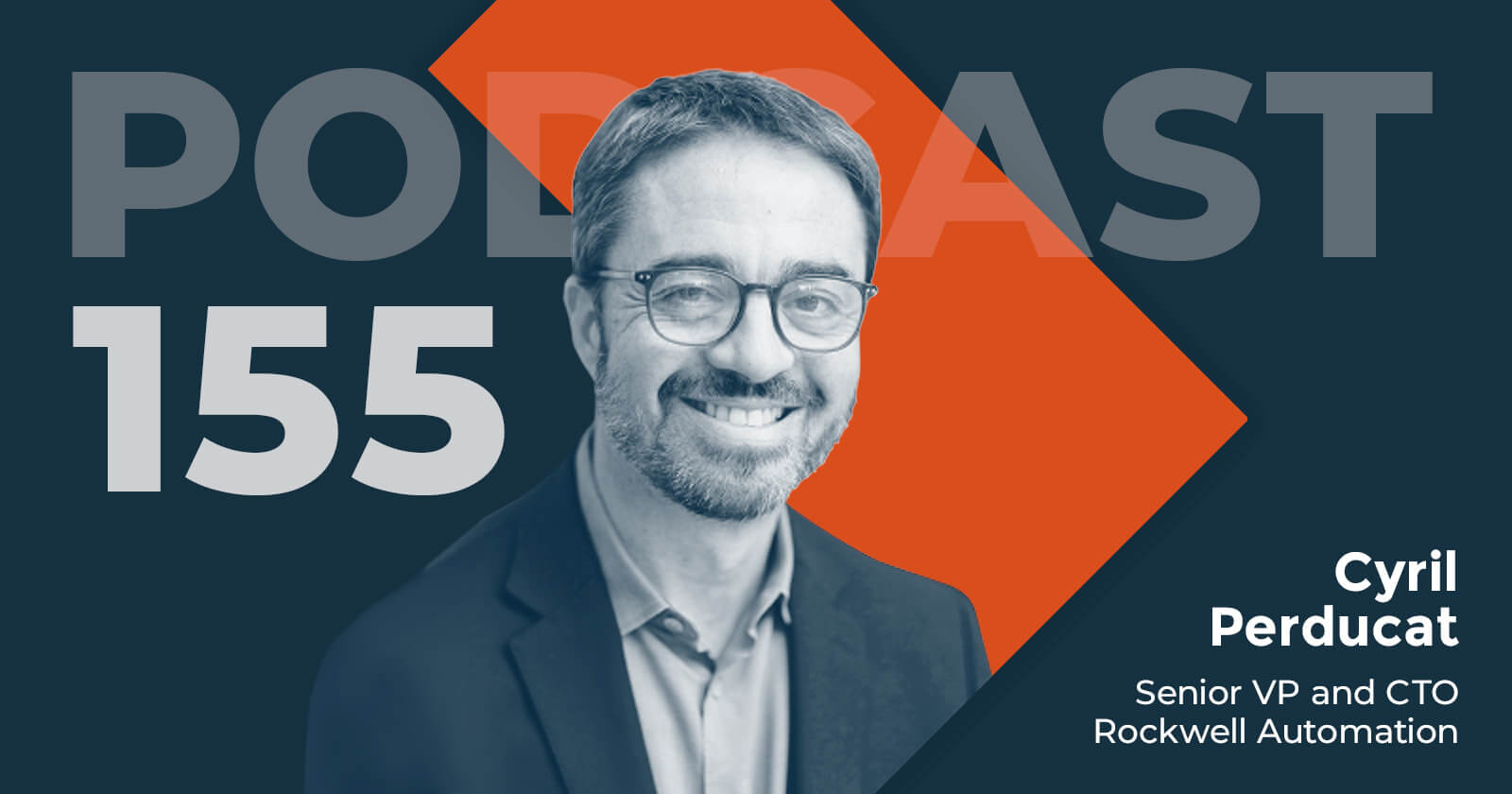Spotlight Series: Software-Driven Transformation: A Global Perspective
Ed Maguire

This series highlights the key insights and lessons from our Digital Leadership series of podcasts. We spotlight the important takeaways from our interviews in an accessible format. The following insights come from Sadagopan Singam, Global SVP at HCL Technologies. Stay tuned for the full podcast interview with Sadagopan Singam, in the meantime, take a look at our full library of podcasts.
Could you share a bit about what’s shaped your view of technology, and share a bit of the path that brought you to your current role at HCL?
Like many, I started during the .COM period, those days we were focused on creating enterprises with the latest and the greatest of the trends and technologies. I slowly moved from IT to focusing on the business processes which took me to the customer relationship management space, as well as supply chain and product lifecycle management, so those are the days when all the pioneering enterprises were being started primarily out of the Silicon Valley. I consciously took a decision to operate on a global scale which means it’s not only managing business around the world, but being there at the right places where business and technology intersect and make a massive difference.
I spent close to four or five years in the Asia Pacific region from Singapore to Australia, to Japan to Korea, to China to the Middle Eastern markets. What was an eye-opener for me as somebody who moved from the US to these markets was the scale, the range and utility value of technology was much better leveraged in these markets. I always believed that there’s a lot of innovation happening in the Western world, and there’s a lot of application of innovations happening on the Asian side of the world, and I thought if we can build our experience on the insights based on these two lakes, we’ll be able to uniquely capitalize on creating the best possible value for our customers. I joined HCL almost 9 years back to have a charge to drive the cloud business. As many of the enterprises began to adopt to a fast and very aggressive and highly-scalable way, we realized the need to have a leadership mission about how to create and deliver the right sort of fast technology and processes for better businesses for the customers, and that’s how I reached this stage in HCL where I had the charter to drive all the staff business for HCL globally across the customer base.
What were maybe some of the key experiences and lessons that helped shape your global view of technology adoption?
Many of the emerging nations skipped multiple layers of technology evolution, and they were able to join the global movement with the latest and greatest, which means that some cost is actually lower. But at the same time, it also comes with a lot of difficulty in taking those technologies to customers, for example, how do they create a building solution, let’s take China Mobile, or A-Tel in India, how do you create a building solution with all the regulated needs of the respective countries, and hundreds of millions of customers? How do we onboard 25 million customers every month? These are all challenges, some of which the world has not seen at the time in the developing world they’re trying to adopt on these new technologies.
So, I think the key difference was the Western world has been very super-sticky, their focus on customers, excellence of service, customer centric thinking, their ability to put the customer at the forefront of the business decision-making process. That was a great learning for the Asian countries where the supplier always had the upper hand. But then this mass explosion of technology and outreach happened at a scale that they’d never seen, they began to realize the need to have a customer central stage and they began to understand. The key elements of success that the Western enterprises drives is that they’re centered around the customer and how they’re able to bring it there.
There’s been so much pushback against Google and Facebook in particular around privacy. What is your sense in terms of how these concerns are playing out, particularly with enterprise customers?
I think by and large the enterprise customers are very comfortable, so long as you have in situ data, and they’re able to conform to an existing local regulations on a global basis, I think the enterprise customers are fairly happy. Surprisingly is what SaaS provides, the ability to sort of provide single instance solution around the world – it creates a big plus-plus for the enterprise.
Coming back to the larger issue of Silicon Valley versus the whole world, I think the key thing we need to look at is the speed at which the developments are taking place. There was a recent Facebook data breach saying some of the employers have been able to read the passwords internally, but it is never misused. For many of the enterprises that we work with, this has been a standard process across multiple industries.
So I think the answer to this is the state of the art has to improve across the board, it’s not correct only to make all the Silicon Valley companies feel guilty about it, it is something that as an industry we need to come together and define what the state of the art is, define what the standards are, and if they can focus on defining those technology standards and create that body of knowledge, and say that this is the minimum bar which we expect of any enterprise operating globally, then I think it would make sense. But if all the practices are the practices that exist across industries, but only singling out Silicon Valley companies for that, that may be taking activism to other extremes.
We’d love to get your thoughts on technologies that you think will have a big impact for enterprises in particular, over the next several years?
The ability to create data out of non-codified, non-human situations, and use the data to integrate those to your business decision processing, that actually makes a huge difference, and when you combine analytics with IoT, you’re talking about being able to create new business models that goes beyond inventory, but essentially goes toward an optimized performance across the entire extended supply chain. That’s where I think the boundary of an enterprise actually collapses if you get the right IoT done across the entire supply chain. It is the true value of any external supply team to make sure that the right parts of the supply team focus on the right things, but still as a whole the supply chain mission becomes reality through IoT, therefore I’m a big believer that IoT and analytics that go hand-in-hand, along with blockchain, that these characterize enterprises to come in the future.

Momenta Partners encompasses leading Strategic Advisory, Talent, and Investment practices. We’re the guiding hand behind leading industrials’ IoT strategies, over 200+ IoT leadership placements, and 25+ young IoT disruptors. Schedule a free consultation to learn more about our Connected Industry practice.



